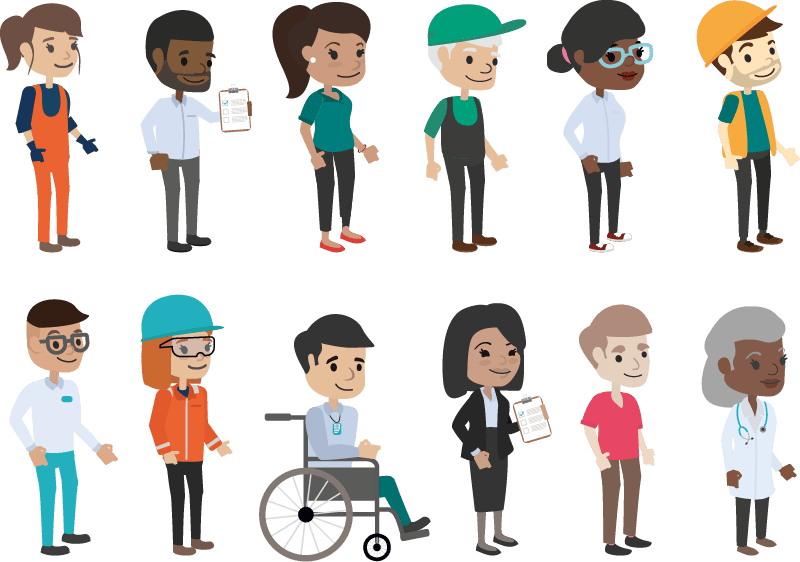
22% of the UK working population are lone workers. A lone worker is simply someone who works by themselves without close or direct supervision. This includes:
Care workers, estate agents, construction workers, delivery drivers, and agricultural workers are common examples of lone workers, but there are examples across all sectors. Cleaners, factory workers, security guards, utility engineers, forestry workers, environmental workers, and salespeople may also meet this definition.
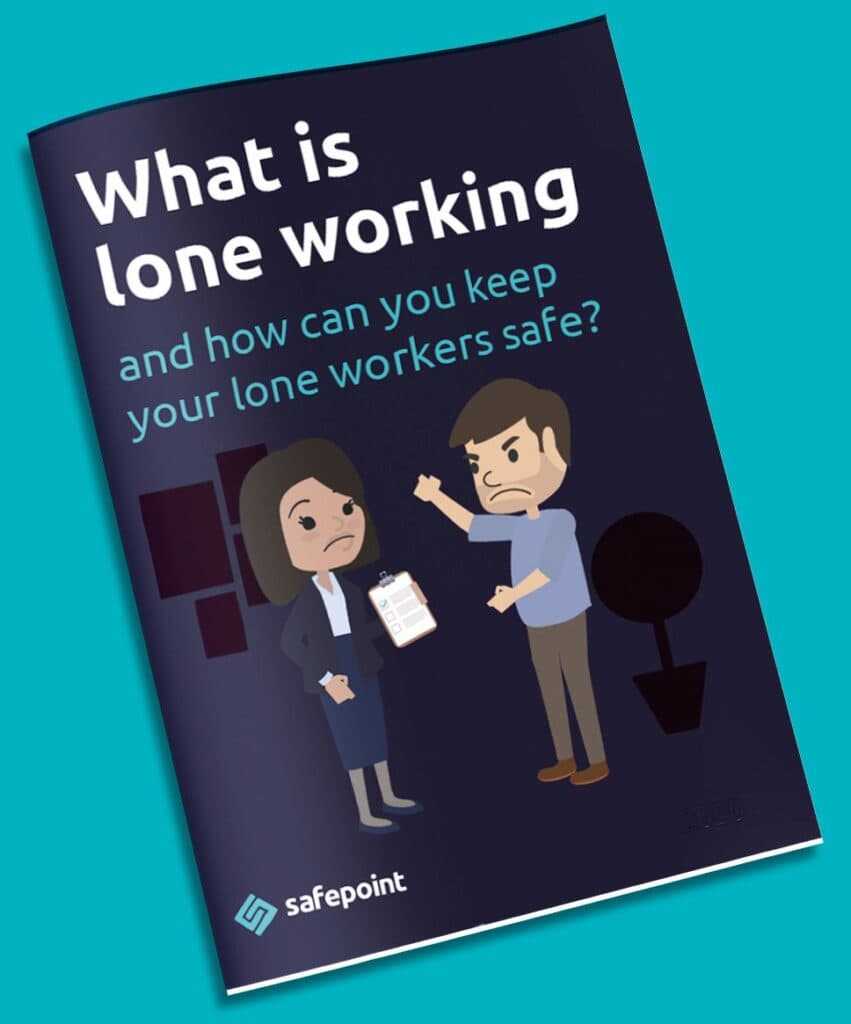
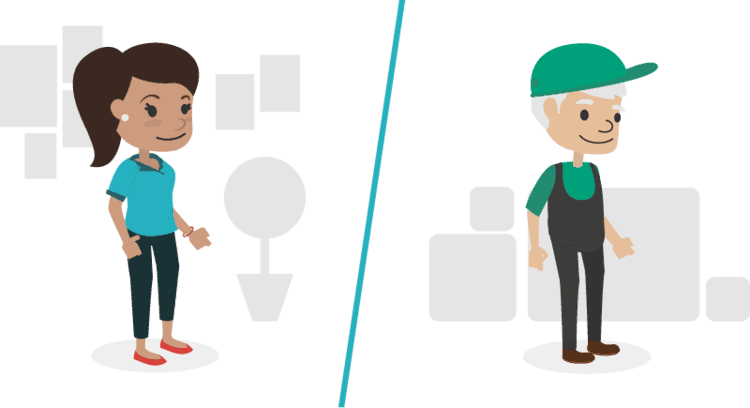
It is entirely legal for staff to work alone, as long as their employers have properly assessed the risks of doing so. The lone working staff member should also be properly trained, supervised, and should be able to stay in contact with their team. There should also be systems in place to deal with emergency incidents, such as if the worker is injured.
Note: lone workers (including the self-employed) have responsibilities to take reasonable care of themselves and those around them. They also have a responsibility to follow their organisation’s health and safety policies. This is why conversation and training is vital when employing staff that work alone.
Find out how to make a complete risk assessment here.

Lone workers face greater risks due to, by definition, their lack of supervision and immediate support. Some examples of specific risks facing lone workers are:
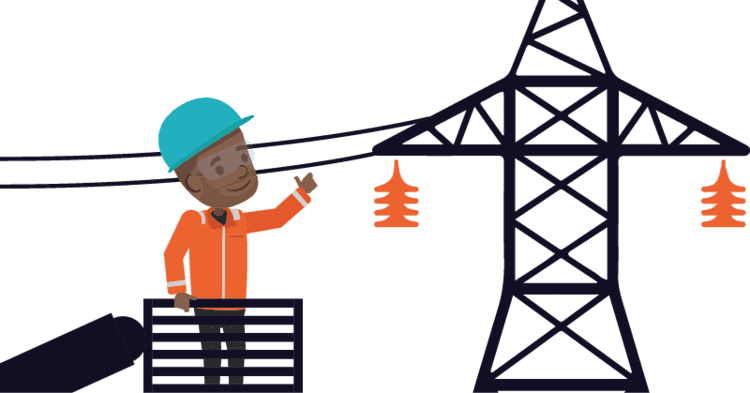
Employers will need to conduct a risk assessment of their lone workers and the roles they are doing. They need to ascertain whether a task is too dangerous for a person to carry out alone, and whether their staff members are capable of working alone.
There are some activities where lone working is never appropriate, such as:
Similarly, there may be reasons why a worker is not suitable to work alone, such as:
Otherwise, there are some fairly universal considerations you should make when building lone working in to your risk assessment:


Lone workers may need extra training, particularly when there is limited ability to supervise, control or help that worker. Make sure you are enabling workers to:
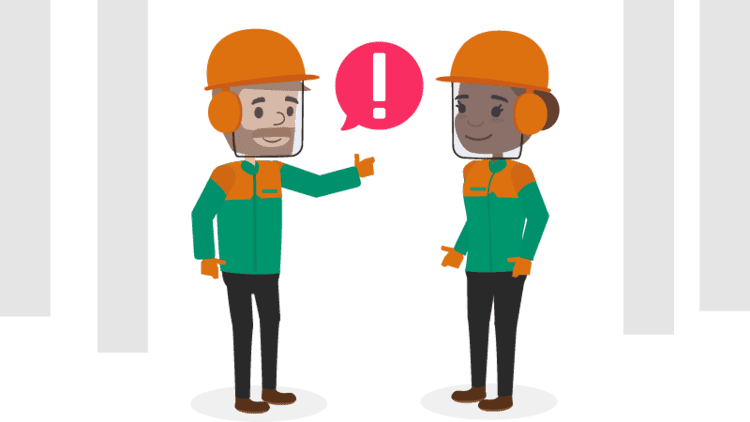
After making a risk assessment, employers should consider the danger and the difficulty of the task, as well as the experience of the worker to decide how much supervision a lone worker needs. A new worker facing unfamiliar work should be supervised until they feel more comfortable with it.
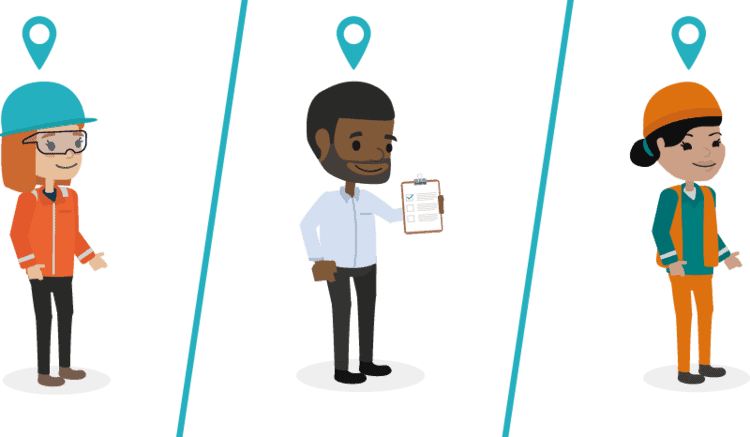
Working alone on a regular basis can have a detrimental effect on workers’ mental health. Not only do people often miss the social aspect of group work, but many people can also struggle with a lack of supervision or support.
According to a survey run by HR Magazine, Around 18% of workers stated working alone negatively affected their mental health. A similar amount reported the same for ‘interacting with customers and clients’.
The Health and Safety Executive encourages managers to increase systems of support and supervision for lone workers, as well as looking out for signs of stress. It is also recommended you include your remote and lone workers in company updates. Feeling connected to their organisation can be really beneficial for those that work by themselves.
According to government legislation, organisations must monitor and keep in touch with their lone workers. There are several ways you can achieve this but make sure, whatever you decide on, to involve your staff in the conversation. You may want to monitor your lone workers’ safety by:

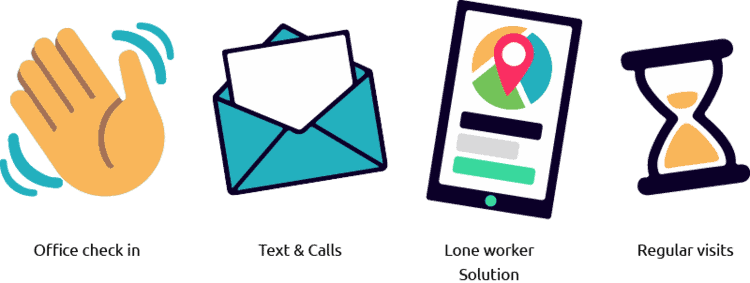
There are many benefits to routinely meeting or connecting with your remote employees but it is not, on its own, a scalable or reliable lone working strategy.
Making regular visits to your staff can be incredibly interruptive to both you and your staff’s day. What’s more, if your employee is not where you expected them to be, this may raise false flags.
Asking your staff to regularly check in through call, email or text is a seemingly easy to implement solution to monitoring your staff’s safety.
Unfortunately, with the ease of setup comes a number of flaws: this system can be disruptively slow; it is incredibly prone to user error (such as forgetting to send a text); it doesn’t provide any extra information such as location; and it doesn’t help if a worker is incapacitated.
Making sure workers ‘touch base’ at the office regularly is desirable for a number of reasons –not only can you actively see that your staff are safe, there are often wellness and morale-boosting benefits to remote staff physically meeting up on a regular basis.
Unfortunately, touching base does not, in itself, keep staff safe. Under this system, staff can easily be forgotten about, and even if a company is diligent and tightly structured, it can still lead to slower response times to potential emergencies.
Moreover, as more companies are moving away from rigid office structures (exacerbated by COVID-19), it has become incredibly hard to know who is out and who is back in their office/base/home.
Using manual or automatic safety solutions, such as an app or a wearable device, offer a variety of benefits to keeping your staff safe.
Most solutions of this variety work in a similar way: staff send out an ‘alert’ when they’re in trouble and their status and location is sent to their supervisors. This can happen entirely automatically, via a fall-detection (man-down) feature, or through a time-out system, where users must check in within a set amount of time.
Note: We strongly recommend the use of a device-based lone working solution, but not all solutions are the same. There are some questions you should ask to find out what solution is right for you:
Whilst Safepoint updates its system to reflect the most up-to-date guidelines and regulations, the content in this article is updated less often.
With Safepoint’s lone working solution, workers use an app for iOS or Android that connects them to a team of 24/7 responders in our dedicated monitoring and alarm receiving centre (ARC). Should the staff run into trouble, or if they are unresponsive, an alarm will be sent to the responders, who are trained and accredited to deal with the situation.
Safepoint also provides a browser-based dashboard, where you can see your staff’s location and safety status in real time. With live team maps and a complete audit trail, the dashboard not only helps you to protect your staff, it also makes it easier to understand their comings and goings, and can even help you make smarter decisions about your team’s safety.
For those that cannot safely use their phone to call for help, Safepoint also provides a discreet, wearable panic alarm that works in tandem with the app as well as a dedicated Lone Worker Device . These devices can either be paired to your phone in seconds or used as a completely standalone device. They are perfect for lone workers who work with the public, such as care workers, estate agents and shop workers.
Safepoint stands out from any other tool on the market. Not only is the award-winning system super reliable, but it is also easy to use, easy to customise and easy to set up. There are no scary contracts, just a flexible, affordable pricing structure (see all our prices here). There are even discounts for charities and larger organisations, and a 14-day ‘no credit card required’ free trial.
Award-winning safety management tools and a fully accredited response team.